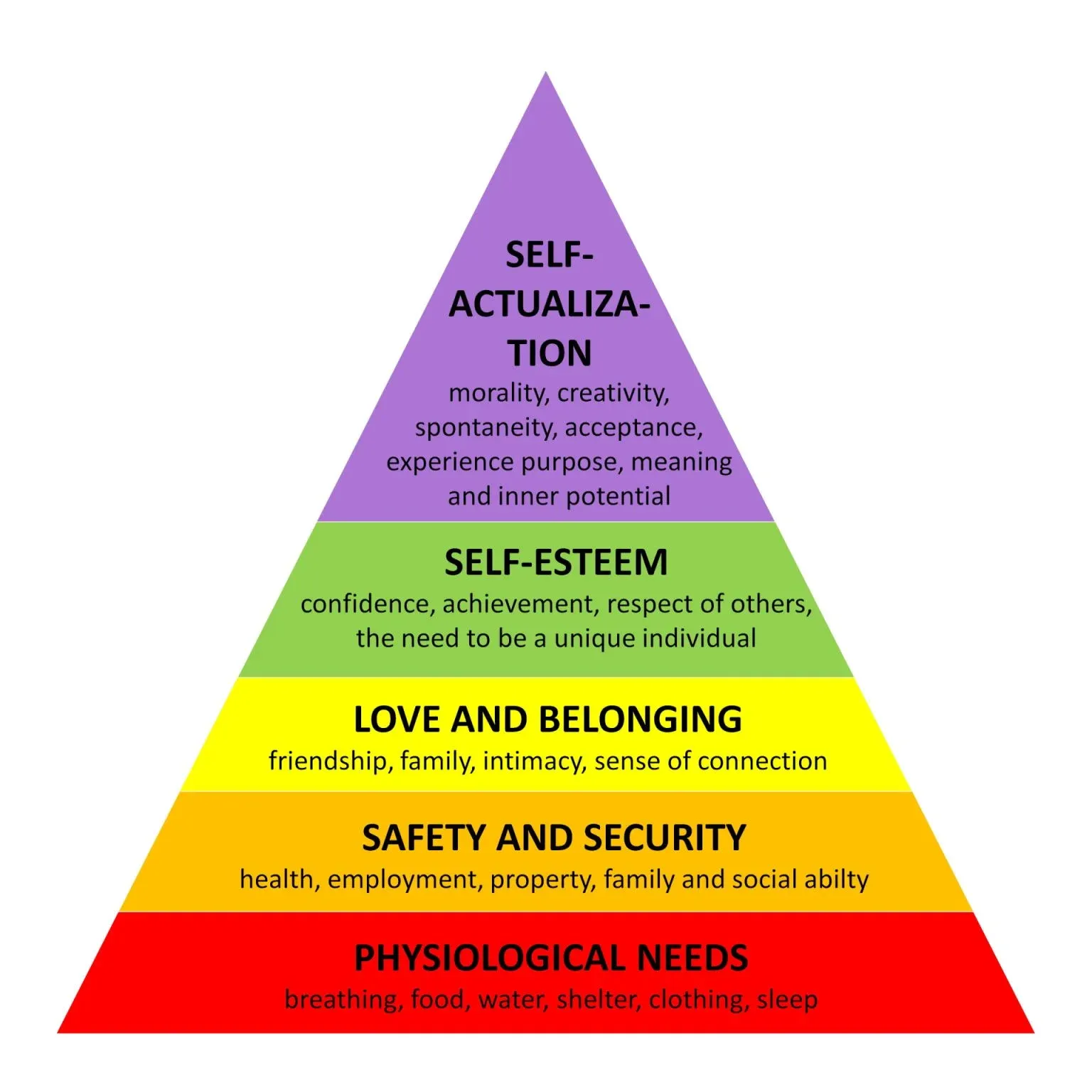The Financial Pressure Monitor
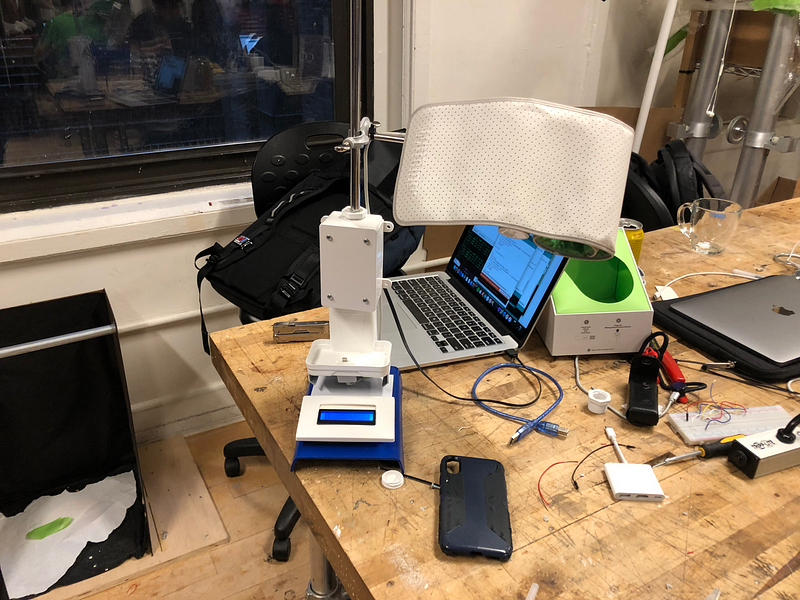
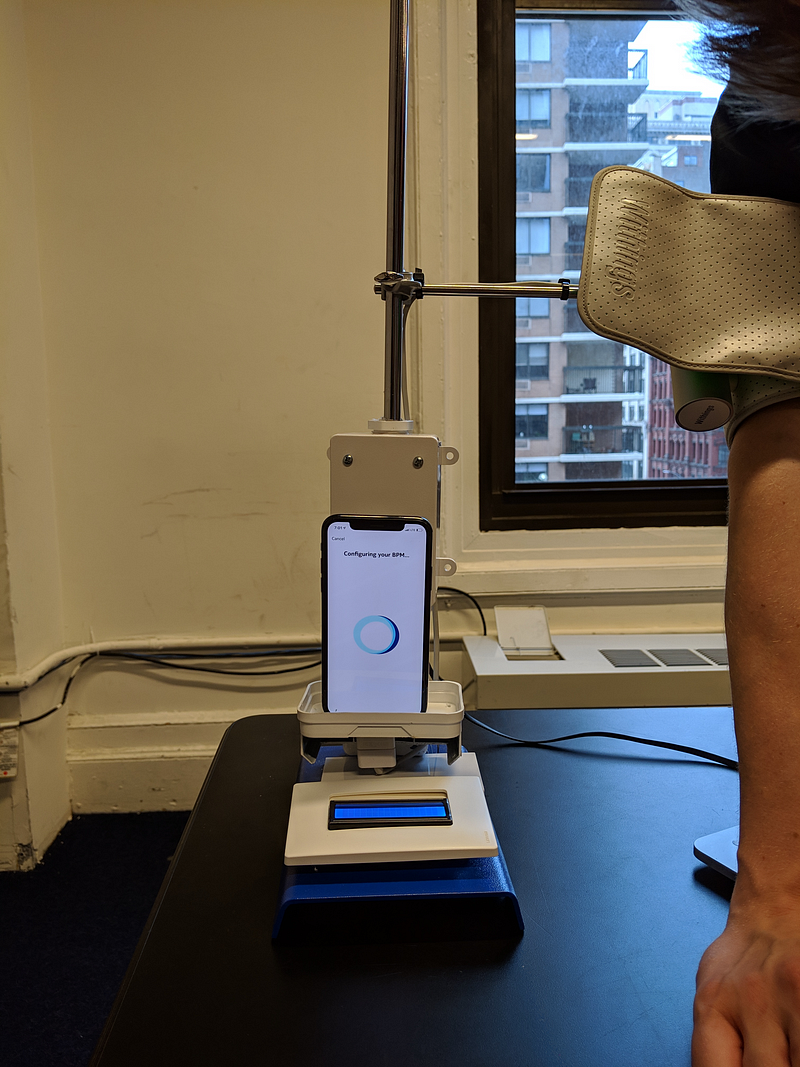
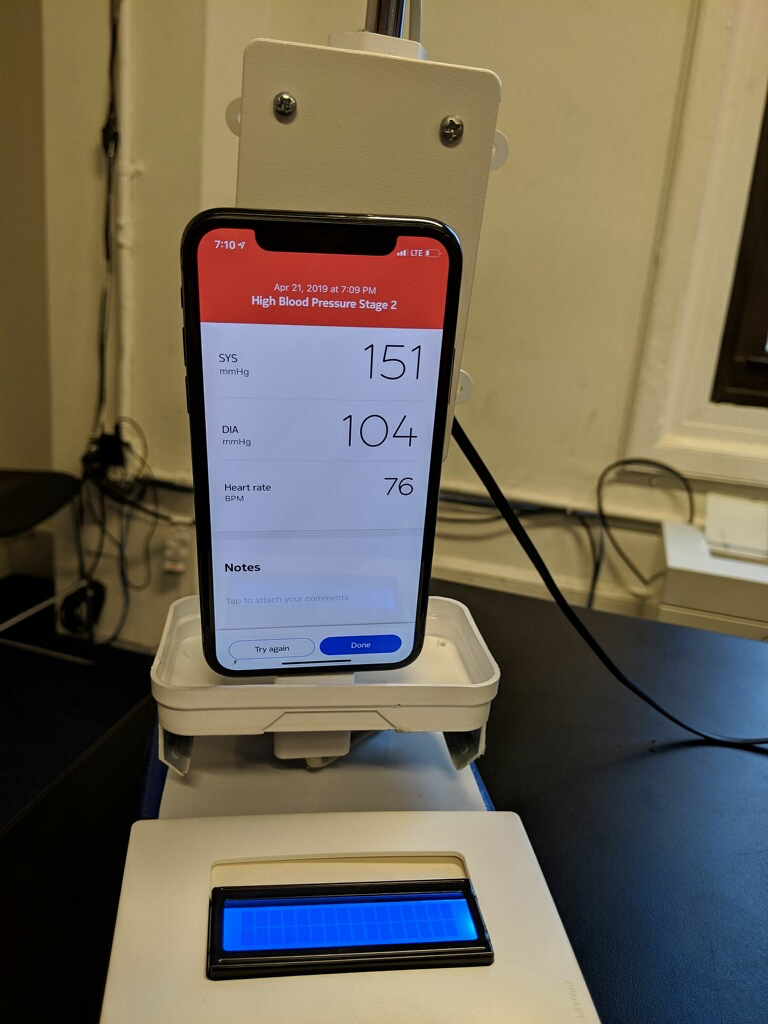
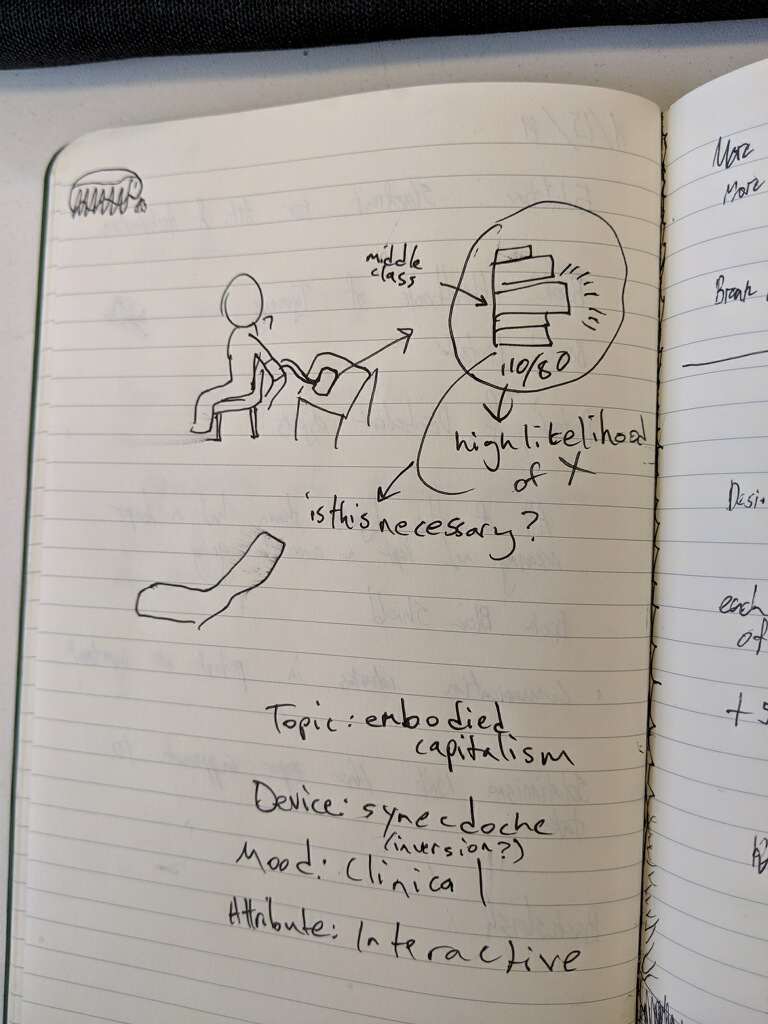
For our Body Politics assignment, Morgan and I agreed from the beginning that we were interested in embodied capitalism: how the structures of capital shape and influence the physical body. We did a fair amount of research on this, and found that one of the clearest correlations between the two is found in blood pressure. There’s a litany of studies showing that socioeconomic status is linked intimately to blood pressure — those born into lower socioeconomic strata, with less economic, social, and educational advantages, are statistically significantly more likely to have higher blood pressure. Capital doesn’t just influence the phenotype of our lives: it literally goes as deep as our blood.
We wanted to draw attention to this relationship, and to the ways in which our culture seems to encourage it rather than work on any systemic level to improve it, so how we went about this was creating a machine that measures blood pressure and then, taking data from this study, recommends the increase in household income that would bring their blood pressure down to the mean (roughly $50,000 in household income per 0.61 decrease in systolic blood pressure). It invites the viewer to envision a world in which medicine treats the cause rather than the symptom, and to ask what that world ought to look like. Are we all to bootstrap ourselves to success, to find our own way to the income bracket that will make us healthy? Can we make a world where income is distributed more evenly, and, more importantly, can we make a world where income no longer has a causal relationship to health?
Model:
Topic: Embodied Capitalism
Device: Inversion
Mood: Clinical
Attribute: Interactive
The tech:
We used a Withings blood pressure monitor with the Withings HealthMate app. We then built a node server with express which gets the data from the Withings API and sends it to a mounted Arduino MKR1010, which parses the data, recommends a household income change, and displays it on an LCD screen. The code is here.
Ideation Process:
We went through a long ideation process before getting to this stage. Our first idea was an invasive health monitor: something like a FitBit that monitored, say, your bowel movements, or your sexual activity, to draw attention to the ways in which we give up our personal data — ownership of our own bodies — for capitalistic purposes: as documented, for example, in this TechCrunch article. After discussing this for a while, however, we came to the conclusion that this was a) too gimmicky and b) too broad. Were we critiquing self-tracking culture? Capitalism? Health insurance?
We went back to the drawing board, and decided that what we wanted to communicate, above all, was the influence of capital specifically on the physical body. From our research, one of the clearest ways the two are connected is through blood pressure: it’s a widely documented and studied phenomenon that SES has influence on hypertension. Our initial idea, as shown in the sketch above, was to use a blood pressure monitor to guess people’s socioeconomic status. However, this again was too vague a critique. The causal nature of the two wasn’t shown as clearly — in this model, you could prescribe almost anything that may correlate to blood pressure and it would have roughly the same effect. This is how we settled on prescribing an income change: it’s our hope that this makes clear the relationship we want to communicate, and the model we want to raise awareness of. Ultimately, the way to build a healthy body under capitalism is to earn more capital: the same incentive structures that motivate everything have infected the very blood that runs through our veins. A doctor could prescribe an income increase, and it might be as or more effective than taking actual medication. And on a systemic level, redistribution of income could resolve a documented public health crisis.
The viewer is invited to draw their own conclusions: what model should we be using to address public health? Capitalism certainly offers a solution, but is it the best one?
Building Process:
We wanted to create an object that wouldn’t seem out of place in a doctor’s office, to create an alternate form of a normal clinical interaction, so for our design we went for clear form and simple colors: white and metal. We repurposed a number of objects from Home Depot (socket covers, a pencil holder, and a scientific object stand), spraypainted them, and assembled them.
Our biggest struggle here was with the tech. The Withings API, we discovered, has gone through many restructurings over the course of the company being acquired multiple times — the monitor we used is actually from 2011, so it’s also barely supported by the current version of their app. After much trial and error, we were able to authenticate our server with their API and get some simple data, but we were still hamstrung by issues: their API is extremely buggy and doesn’t update very often, so getting live data from the app on our server was functionally impossible. In addition to this, the app is so buggy that getting it to measure blood pressure is basically a matter of being lucky enough for it to detect the blood pressure monitor and not throw an error. While all of our tech works, getting through the whole process successfully without having to restart the app has about a 1 in 5 chance of happening. If we were to revisit the project, we’d either have to hack directly into the data coming from the monitor or try a different device. Ultimately, it was a fun and difficult experience worth having, but I think we plan on recommending to the program that they get a new and better monitor.
